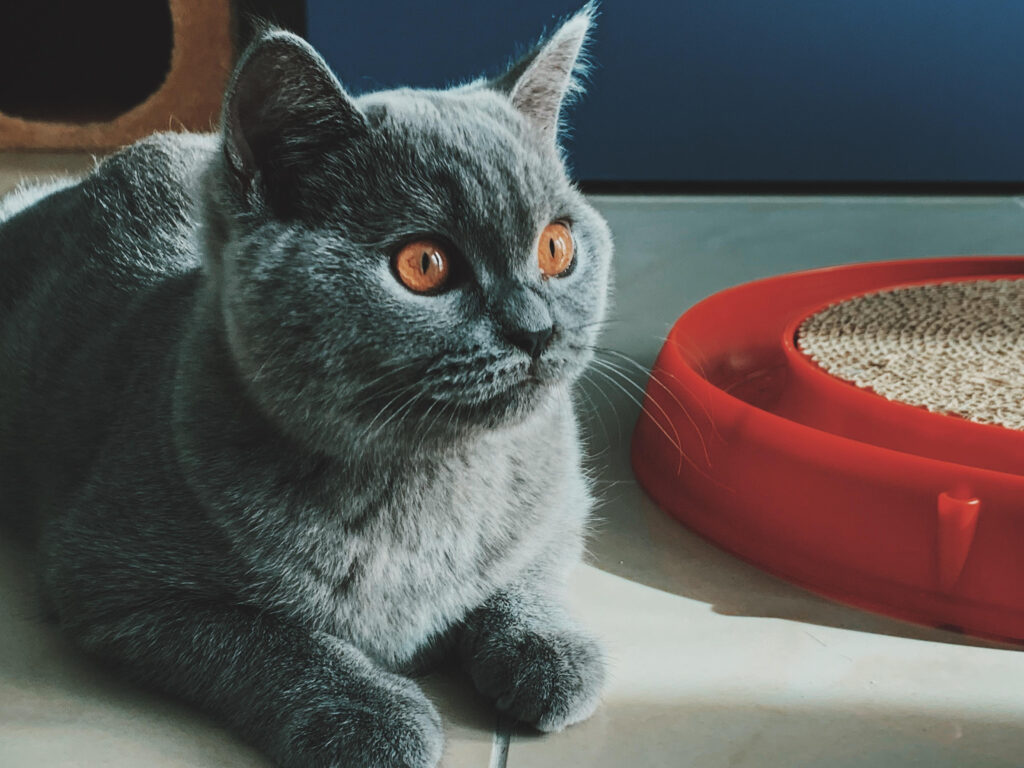Hi everyone! Let’s talk about litter-training kittens. Cats and kittens are naturally inclined to cover their waste, so they instinctively understand the box most of the time. However, there are some tips and tricks that’ll help ensure that your litter training experience goes smoothly.

When to Start Litter Training
Timing is crucial for successful litter training:
- Newborn to Three Weeks: Newborn kittens (0-3 weeks) need their mother or a caretaker to stimulate them to go to the bathroom.
- Three Weeks and Older: Around three weeks old, kittens start to go to the bathroom independently. This is the perfect time to introduce the litter box.
Essential Supplies
To litter train kittens, you’ll need a litter box and litter. Here’s what to look for:
- Litter Box: Start with a small, shallow, and cheap box. Avoid covered boxes, tall boxes, or those with doors or steps. Cardboard trays that hold canned food are also perfect for the initial training. They’re shallow, easy for kittens to walk into, and disposable once they get dirty.
- Litter: For kittens under eight weeks old, use kitten-safe litter, meaning fragrance-free and non-clumping. Kittens explore the world with their mouths, so avoid highly fragrant litters and clumping clay litter. Unscented paper-based litter, corn, or wheat-based litter are good options.
- Litter Scoop: A scoop will help you remove waste from the litter box daily, keeping it clean and inviting for the kittens.
- Litter Mat(optional}: Place a mat under and around the litter box to catch any litter that gets tracked out, keeping the area clean.
Step-by-Step Litter Training
- Setting Up: Place the shallow litter box in a quiet and accessible area. If you’re using cardboard trays, make sure they’re clean and ready.
- Introducing the Box: When the kittens are three weeks old, they start to go to the bathroom independently. This is the perfect time to introduce the litter box. If you’ve been stimulating kittens to go to the bathroom, start doing this directly into the box. The scent of their urine will help them associate the box with their bathroom habits.
- Transitioning to a Plastic Box: Around six to seven weeks old, move the kittens to a shallow, lidless plastic litter box. It can be bigger and sturdier than the cardboard trays but still easy for them to access.
- Positive Reinforcement: Encourage your kittens by gently placing them in the litter box after meals and naps. Praise them when they use it correctly.
- Accidents Happen: If they have an accident, clean it up thoroughly to remove the scent. Consistency is key, so don’t get discouraged.
Caring for Orphan Kittens
For baby kittens without a mother:
- Stimulating to Go: From zero to three weeks of age, you’ll need to help them go to the bathroom by gently stimulating them with a soft tissue. Watch my video, “How to Stimulate Kittens to Go to the Bathroom,” for a detailed guide.
- Gradual Independence: As they reach three weeks old, they’ll start going to the bathroom on their own. Keep an eye on them and start introducing the litter box during this transition period.
Troubleshooting Common Issues
- Avoiding the Box: Ensure the box is always clean. Some kittens might avoid a dirty box. Try different types of litter if they seem hesitant.
- Multiple Kittens: If you have several kittens, provide multiple litter boxes to avoid overcrowding and competition.
- Health Concerns: If a kitten consistently avoids the litter box, consult a vet to rule out any health issues.
Additional Tips for Successful Litter Training
- Keep the Area Clean: Regularly clean the area around the litter box to prevent odors and encourage consistent use.
- Monitor Behavior: Pay attention to their bathroom habits and make adjustments as needed.
- Patience and Consistency: Every kitten is different, so be patient and consistent with your training approach.
By following these tips and being attentive to your kittens’ needs, you’ll have them litter-trained in no time. Happy training!
Conclusion
Litter training kittens can be a straightforward and rewarding process when you know the right steps to take. By providing the appropriate supplies, introducing the litter box at the right time, and using positive reinforcement, you can help your kittens develop good bathroom habits quickly and easily.
Remember to be patient and consistent, as each kitten is unique and may learn at their own pace. With your guidance and care, your kittens will soon be using their litter box like pros. Happy training!
FAQ
1. How soon can you start litter training a kitten?
You can start litter training kittens as soon as they are around three weeks old, when they begin to go to the bathroom independently.
2. What type of litter should I use for young kittens?
For kittens under eight weeks old, use fragrance-free, non-clumping litter. Options include unscented paper-based litter, corn, or wheat-based litter.
3. How many litter boxes do I need for multiple kittens?
It’s a good idea to have multiple litter boxes to avoid overcrowding and ensure each kitten has access to a clean box.
4. Can I use clumping litter for kittens?
Avoid clumping litter for kittens under eight weeks old as it can be harmful if ingested. Once they are older and no longer exploring with their mouths, you can transition to clumping litter.


